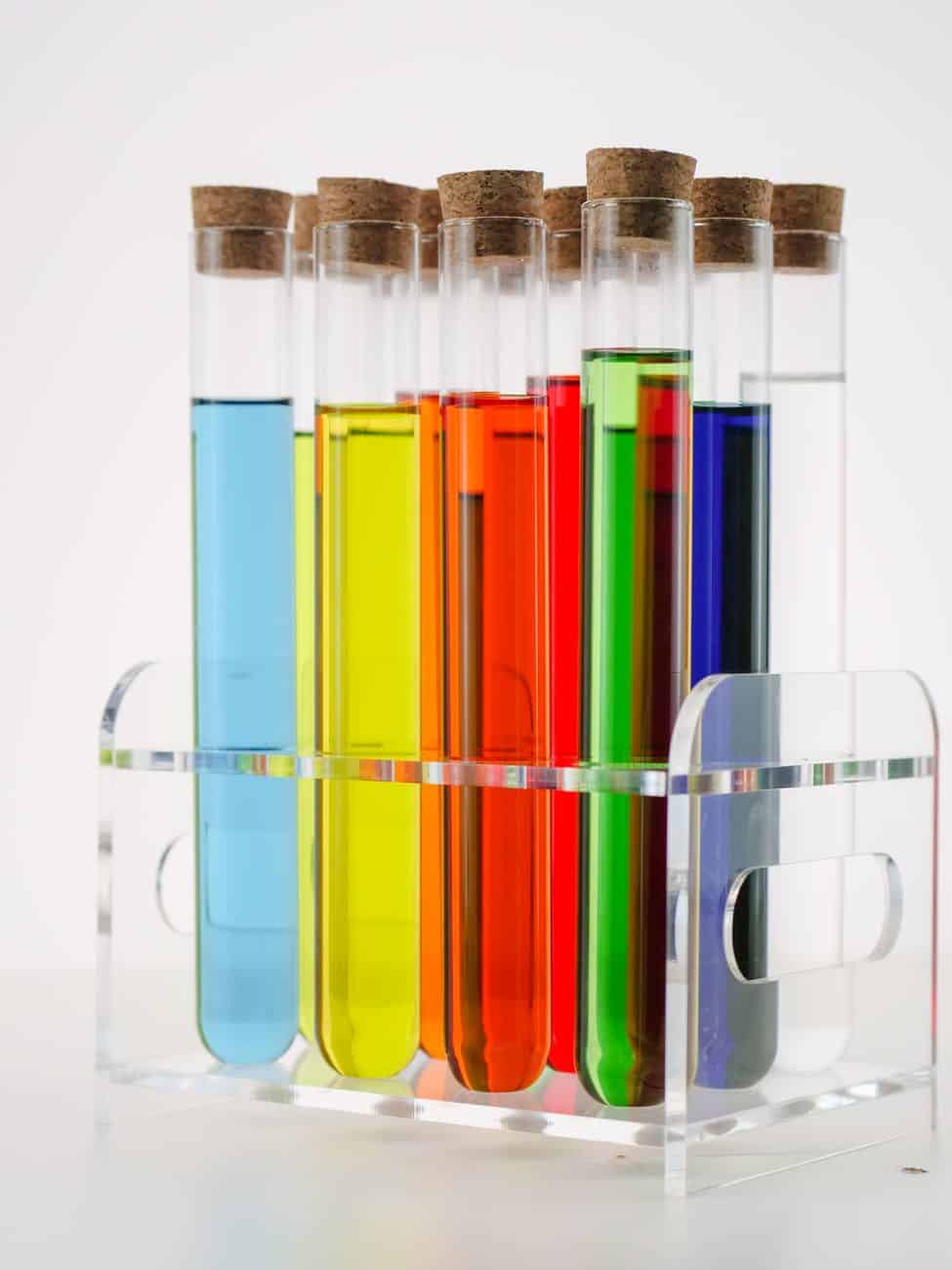Electrochemistry & the Basics of Redox Reactions
Electrochemistry is an area of physical chemistry that is focused on the interactions between electrical potential and chemical change. Electrochemistry includes methods and technologies such as corrosion, electrolysis, batteries, fuel cells, electroplating, and accumulators.
There are two key areas in electrochemistry:
- Chemical reactions that use electricity to form new compounds
- Chemical reactions that form electricity like batteries
Broadly speaking, electrochemistry looks at the interactions between electricity and chemical reactions. The chemical reaction that takes place in an electrochemical reaction causes electrons to move from one side to another, known as redox reactions.

What are Redox Reactions
In electrochemistry, redox reactions are oxidation-reduction chemical reactions. They can be broken down into two distinct processes, a reduction process, and an oxidation process.
The oxidation and reduction reactions take place at the same time in a redox reaction. The substance which is reduced in a chemical reaction is called the oxidizing agent whilst the substance undergoing oxidation is the reducing agent.
This article will explain the basics of redox reactions in electrochemistry and their main applications.
How are Redox Reactions Carried Out?
Redox reactions in electrochemistry are defined as chemical reactions in which electrons move between two reactants participating in it. This transfer of electrons can be quantified by observing the changes in oxidation states of the reacting species.
Losing electrons whilst increasing the oxidation state of a given reactant is known as oxidation. Increasing electrons whilst decreasing the oxidation state of a given reactant is the reduction. Electron-accepting species that usually undergo a reduction in redox reactions are known as oxidizing agents. Electron donating species are referred to as reducing agents.
How to Balance Redox Reactions
There are two means of balancing a redox reaction, one way to balance is to use the change in oxidation number of oxidizing agent and the reducing agent. Another technique is to divide the redox reaction into two half-reactions, one of oxidation and the other of reduction.
Balancing redox is important as electrons that move to the oxidant from the reductant should beknown as reagents. It is important to keep track of the levels of electrons emitted by the reductant and picked up by the oxidant to ensure the equations are correctly balanced. Balanced equations are important as they adhere to the law of conservation of matter. This law states that in any closed system the amount of matter must stay constant.
Applications of Redox Reactions in Electrochemistry
Redox reactions have many industrial and everyday applications, one of which is in generating DC currents. The battery usually used for creating a DC current employs a redox reaction to generate electrical energy.
Batteries and electrochemical cells used in day-to-day life are also based on redox reactions. One example is storage cells that are used to supply electrical needs in vehicles. Platypus Tech supply ready-to-order patterned electrodes as well as custom solutions that can be used as sites for redox reactions.
Using Silicon Wafers in Electrochemistry
Silicon wafers can be engineered for enhancing charge-carrying capabilities and can serve as electrodes in a large range of applications in electrochemistry. If you would like to find out more about how gold-coated silicon wafers and platinum-coated substrates are used in electrochemistry, get in touch with the team at Platypus Technology for expert advice today.